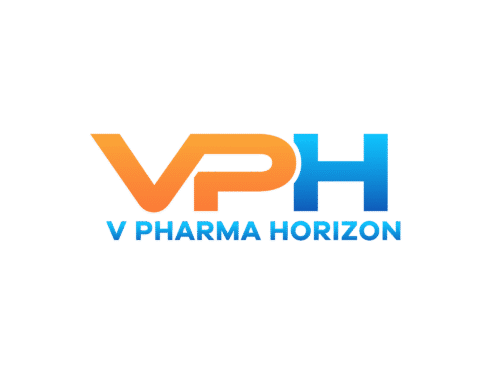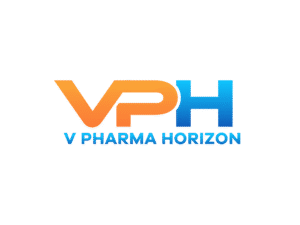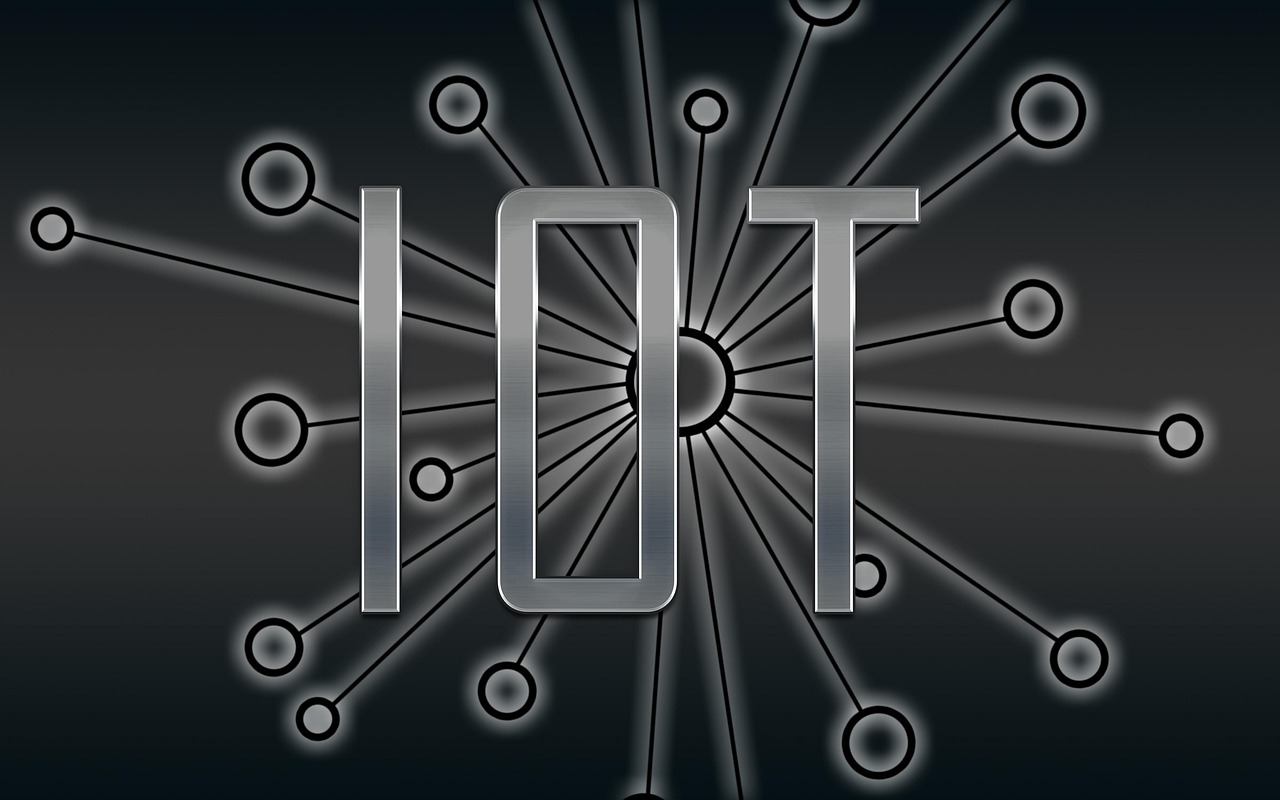Regulatory Harmonization: Can We Speed Up Global Drug Approvals?
In today’s rapidly evolving biopharmaceutical landscape, the disparity in global drug approval timelines remains a persistent bottleneck. While innovation surges forward with breakthroughs in mRNA vaccines, gene therapies, and AI-driven drug discovery, the path from

In today’s rapidly evolving biopharmaceutical landscape, the disparity in global drug approval timelines remains a persistent bottleneck. While innovation surges forward with breakthroughs in mRNA vaccines, gene therapies, and AI-driven drug discovery, the path from lab to market often stalls at the gates of fragmented regulatory systems. As the demand for faster access to life-saving medicines increases worldwide, the question arises: can regulatory harmonization accelerate global drug approvals?
The Current Regulatory Patchwork
Each country or region maintains its own regulatory framework—be it the FDA in the U.S., EMA in Europe, PMDA in Japan, or CDSCO in India. These agencies independently assess clinical trial data, manufacturing protocols, safety profiles, and efficacy evidence. While these evaluations are essential for ensuring patient safety, redundant assessments across jurisdictions contribute to significant delays and costs.
Pharmaceutical companies often face the need to reformat submissions, repeat clinical trials, or adapt labeling to satisfy regional regulatory requirements. This not only hinders timely access for patients but also increases the burden on regulatory authorities.
The Case for Harmonization
Regulatory harmonization refers to aligning drug approval standards, documentation processes, and evaluation criteria across nations. The International Council for Harmonisation of Technical Requirements for Pharmaceuticals for Human Use (ICH) has been instrumental in this effort, providing guidelines on quality, safety, and efficacy. Yet, full mutual recognition of approvals remains elusive.
Accelerating drug approvals through harmonization offers several potential benefits:
- Reduced Time to Market: Streamlined, parallel review processes can shorten approval timelines, especially for therapies targeting global health crises.
- Lower Development Costs: Eliminating redundant testing and documentation reduces financial strain on drug developers, especially small biotech firms.
- Broader Patient Access: Simultaneous approvals across geographies ensure more equitable access to critical medicines.
- Data-Driven Safety: Centralized pharmacovigilance and real-world evidence sharing can improve post-market surveillance and patient outcomes.
Emerging Models of Collaboration
Recent years have seen promising initiatives that point toward the viability of harmonization:
- Project Orbis (FDA-led): A collaborative program involving regulatory agencies in countries like Canada, Australia, and Brazil to review oncology drugs concurrently.
- Access Consortium: Comprising regulators from the UK, Australia, Canada, Singapore, and Switzerland, this group aims to reduce duplication in reviews.
- WHO’s Collaborative Registration Procedure (CRP): Enables faster registration in low- and middle-income countries by leveraging assessments from stringent regulatory authorities.
These models show that when trust, data-sharing agreements, and aligned scientific criteria are established, harmonized reviews can work efficiently.
Barriers to Harmonization
Despite these successes, challenges persist:
- Regulatory Sovereignty: Countries may hesitate to cede control over drug approvals due to legal, political, or public health concerns.
- Infrastructure Disparities: Many regulatory bodies lack the resources or technological capabilities to participate in synchronized reviews.
- Lack of Standardization: Divergences in definitions, dossier formats (e.g., eCTD vs. country-specific templates), and clinical trial expectations remain significant hurdles.
- Risk Tolerance Differences: Regulatory cultures vary in their acceptance of uncertainty, especially regarding novel therapies or expedited approvals.
Toward a Unified Future
To truly unlock the benefits of regulatory harmonization, a multipronged approach is necessary:
- Global Digital Platforms: Unified submission portals and AI-assisted review tools could standardize and accelerate application evaluations.
- Mutual Recognition Agreements (MRAs): Expanding MRAs, especially between major and emerging markets, could foster trust and reduce redundancy.
- Capacity Building: Investment in regulatory science training and infrastructure in lower-resource countries would facilitate meaningful participation.
- Real-World Evidence Integration: Leveraging global health data can help regulators make faster, more confident decisions across borders.
Regulatory harmonization isn’t just a bureaucratic ideal—it’s a practical necessity in a world facing global health threats, aging populations, and rising R&D costs. While full-scale integration of drug approval systems may be years away, incremental steps toward alignment are already reshaping the regulatory ecosystem.
Speeding up global drug approvals through harmonization is possible—but it will require political will, regulatory trust, technological innovation, and above all, a shared commitment to public health. The future of faster, fairer access to medicine depends on how well the global regulatory community can work as one.






